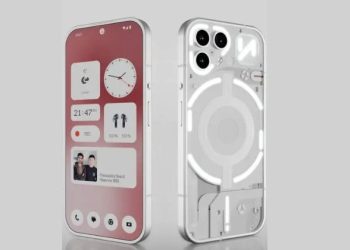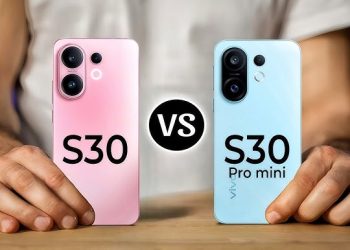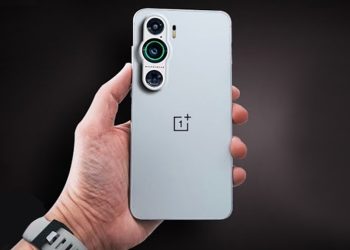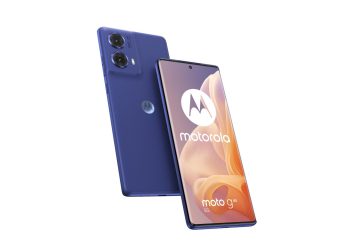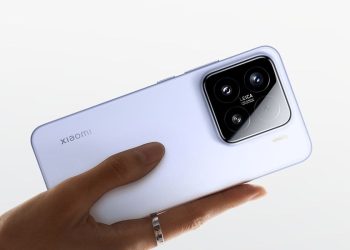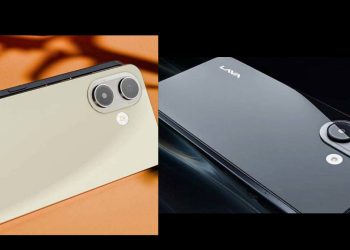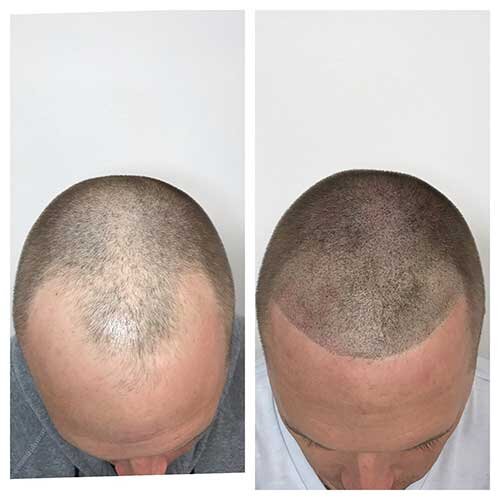Samsung unveils smaller, more affordable 108-megapixel image sensor for smartphones
Samsung has introduced new ISOCELL sensors, the main difference from existing Quad Bayer sensors is the pixel size of 0.7 microns versus the usual 0.8 microns. The new lineup will feature improved pixel technology with increased light sensitivity. The manufacturer decided not to waste time on trifles and introduced four new image sensors at once: 108-megapixel HM2, 64-megapixel GW3, 48-megapixel GM5, and 32-megapixel JD1. They will become available before the end of the year.
